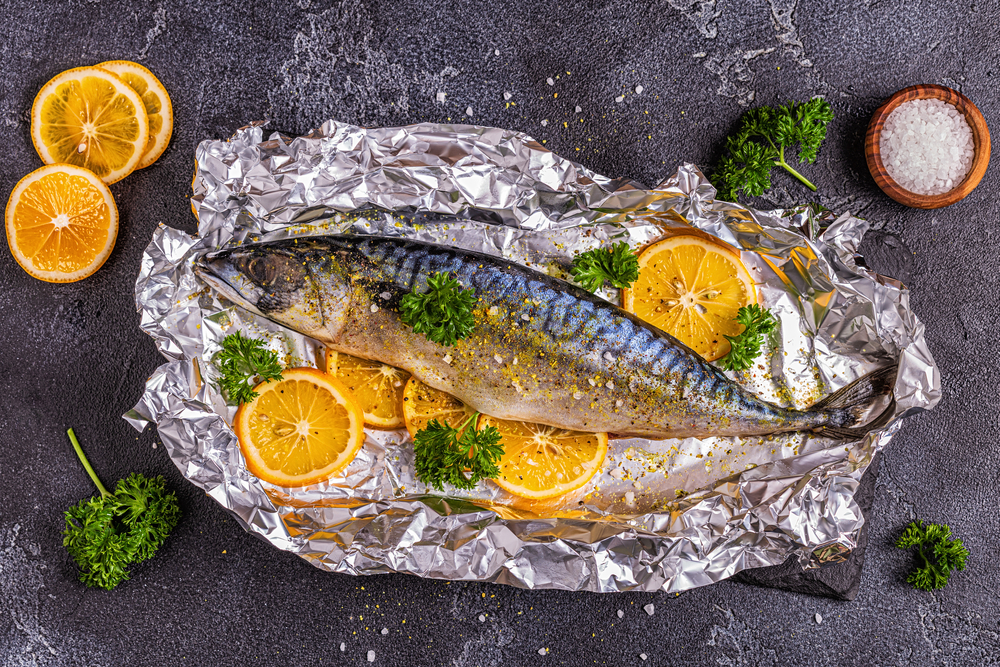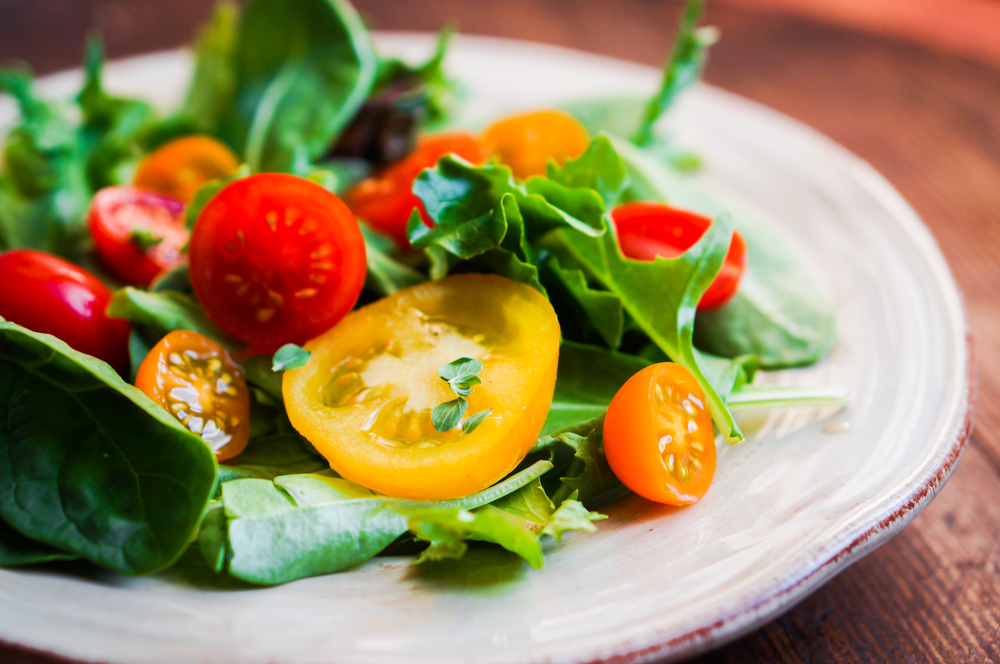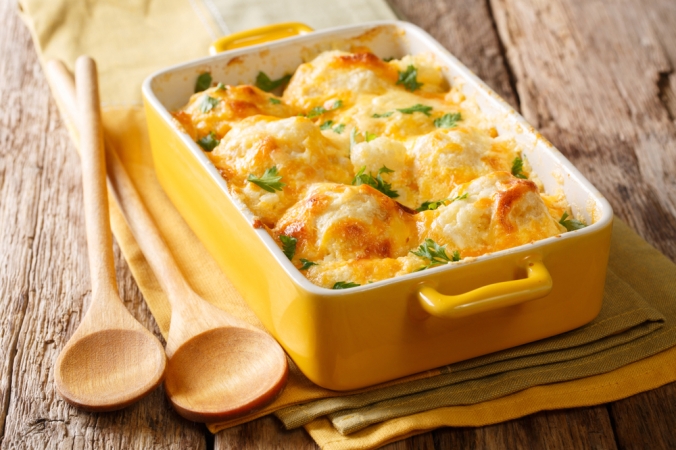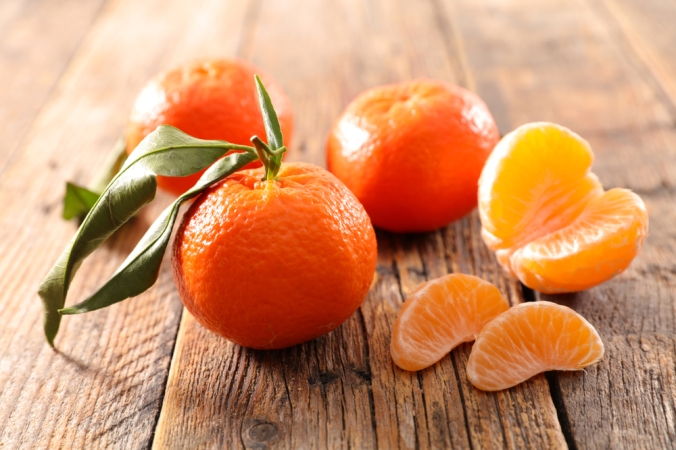
Whilst it’s not too difficult to find out which foods are in season and when, it’s not always easy deciding what to do with those foods.
If you’re lacking in meal ideas, then Clinical Nutritionist, Suzie Sawyer, can help bring some much-needed inspiration to your kitchen.
Venison
Whilst many of us don’t think of venison as being a ‘mainstream’ meat, it’s fantastically nutritious and delicious. It contains more energising iron than other red meats, provides some healthy omega-3 fats and has less saturated fat than chicken without the skin.

I personally love venison and I keep it really simple by cooking it in the same way as a steak. For this time of year, I would quickly fry the venison (I like red meat fairly rare). Boil some baby new potatoes with some fresh mint and make a large salad – include some spring onion, also in season right now. That will take no more than 15 minutes and you’ll have a fabulous meal.
Sweetcorn
Fresh sweetcorn (as corn on the cob) may be a little harder to obtain this year with the drought affecting crops in the UK. However, if you can find some, then grab it straight away. Corn has always been a food staple and a relatively inexpensive crop to produce. Corn provides beta-carotene which is turned into vitamin A in the body as needed, immune-boosting vitamin C, energising folate and that all-important fibre.

In terms of what to do with corn on the cob, there really is no better way than boiling the kernels until soft to poke with a fork and serving with butter and plenty of black pepper. Corn is also great on the barbecue, but ideally partially cook it first.
Plums
Plums need to be picked at just the right time so they have a little natural sweetness rather than being too sharp. However, they have an amazing array of antioxidants which are so protective of overall health, so it’s worth getting the timings right. Plums are also high in vitamin C and potassium which are both great for heart health and keeping the arteries flexible, allowing good blood flow.

Again, I keep it really simple with plums as I love them on my overnight oats. Therefore, I stew them with a little honey, keep them in the fridge and then look forward to eating them in the morning.
Mackerel
Mackerel is a wonderfully healthy fish. It’s packed with omega-3 fats which are generally very deficient in the UK diet but are essential for our health. Importantly, the body can’t make omega-3 fats, so we must eat them in the diet, at least two or three times per week.

Mackerel does have quite a strong flavour and is also quite rich so any sauces with butter don’t really work. Much better I find are spicy or citrus flavours. Again, simplicity is the way forward so serve up a super-healthy meal by just adding some new potatoes or basmati rice with tender stem broccoli.
Aubergine
We often associate aubergines (called eggplant by the Americans) with Mediterranean countries as they frequently appear in Greek moussakas and French ratatouille. As they’re cooked and eaten with the skin-on, you’ll be getting all the real value from the antioxidant-rich anthocyanins in the colourful skin. Aubergines are also a rich source of fibre, and manganese which is great for the bones.

I absolutely love a simple pasta ratatouille; chop up an aubergine, courgette, onion, garlic, and roast in the oven. It’s always great to add the tomatoes later in the roasting process. Then add the mixture to some cooked wholegrain pasta, toss with a handful of fresh basil leaves and top with some Parmesan cheese if desired. And the best news is that this dish provides all of your 5-a-day!
So, enjoy cooking seasonally this August and reap the healthy benefits as well as the delicious flavours on offer.
FOR MORE GREAT NUTRITION AND LIFESTYLE ADVICE:
Sign up to receive our blog and get a weekly dose of the latest nutrition, health and wellness advice direct to your inbox.
Follow us on Instagram @feelaliveuk or on Twitter @feelaliveuk for nutrition, lifestyle and well-being tips.
Visit us at www.feelaliveuk.com for the latest offers and exclusive Alive! content.
Follow and Chat with Suzie on Twitter @nutritionsuzie
For everything you need to know about vitamins, minerals and herbs visit our sister site Herbfacts
All images: Shutterstock





















 Brussels sprouts are rich in vitamin C but also
Brussels sprouts are rich in vitamin C but also 































